Learn Reflexology With Free Charts: Points for Specific Ailments
Learn Reflexology With Free Charts: Points for Specific Ailments (Video)
Tuesday, May 7, 2019 2:58
by N.Morgan
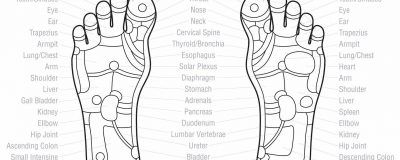
Learning reflexology is much simpler than you may think and with the following information, along with the many free reflexology charts below, will help get you on the road to healing yourself and your family with reflexology massage.
For the purposes of reflexology, the feet and hands are microcosms of the human body on which every organ and body part is represented. Where there are two organs in the body they will be represented on both feet and on both hands – for example, the lungs and kidneys. Where there is only one organ, it will be represented on one foot or hand. The liver will be on the right foot/hand while the heart will be on the left, for example.
The point where an organ or body part is reflected on the foot and hand is called the organ reflex – for example, the heart reflex. The right foot and hand represent the right side of the body (as well as the past) while the left foot and hand represent the left side of the body (as well as the present and future).
Stimulation of these reflexes serves to relax and normalize all functions of the body in order to promote a natural balance and revitalization. In ancient times, walking barefoot over rocks and hard ground naturally stimulated these reflexes every day.
By applying pressure on specific areas of the feet or hands, a reflexologist can stimulate corresponding organs or glands. For instance, the pressure is applied to the big toe to affect the pituitary gland and the four other toes are stimulated to affect the brain, sinuses, eyes, and ears. Because internal organs like the lungs and the kidneys cannot be directly massaged, reflexologists believe that the feet, hands, and ears are an appropriate alternative.
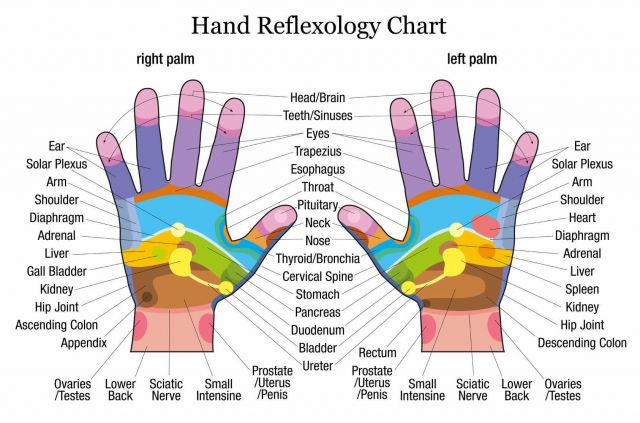
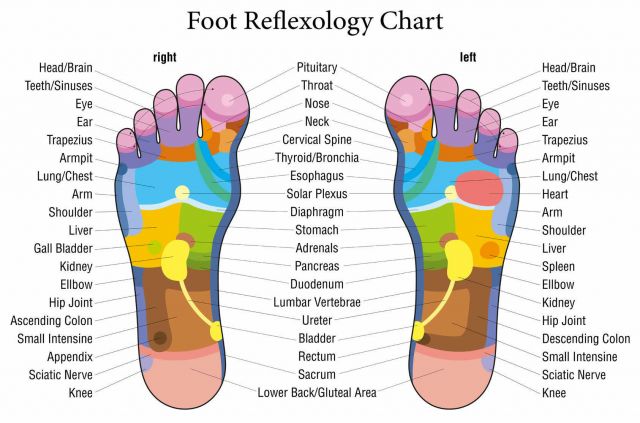
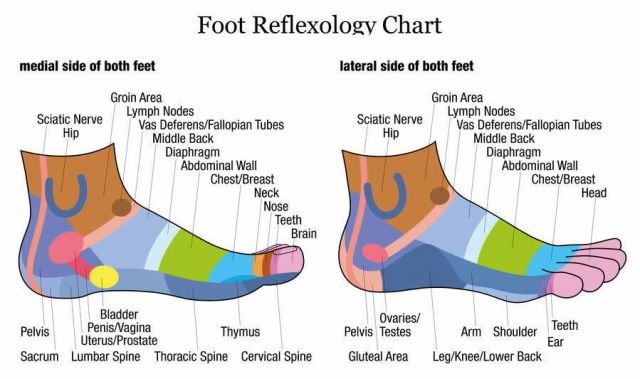
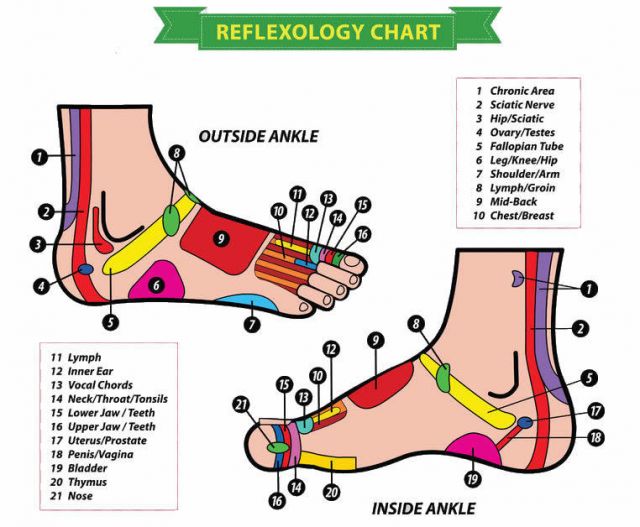
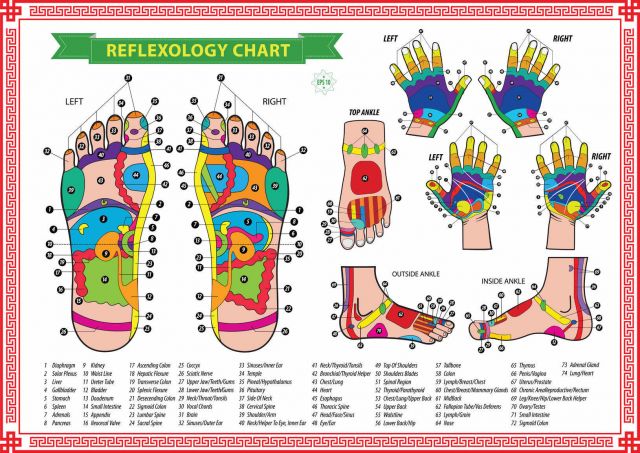
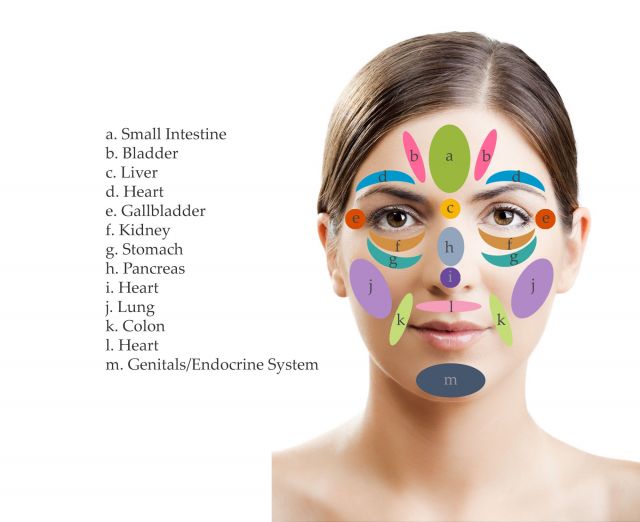
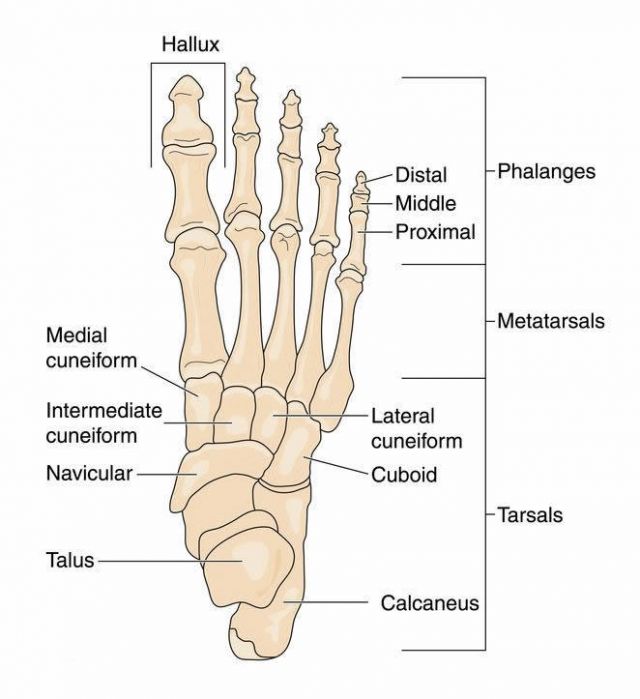
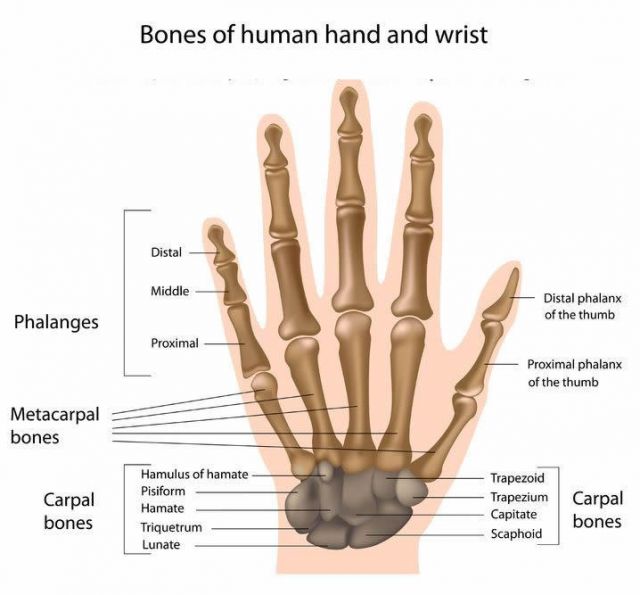
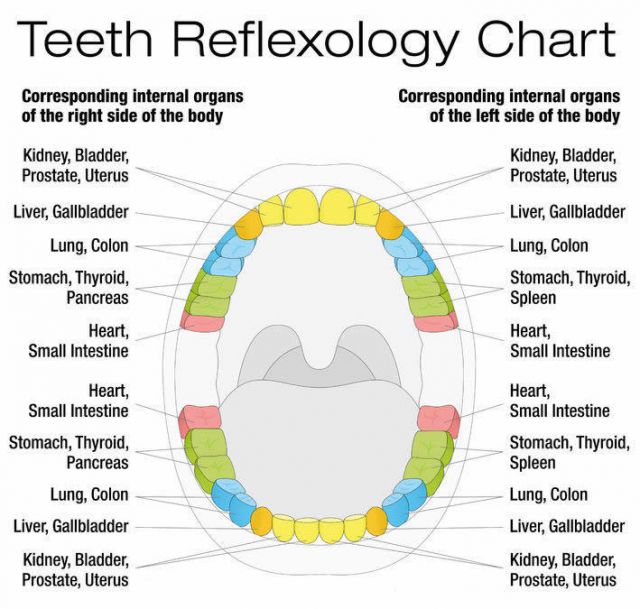
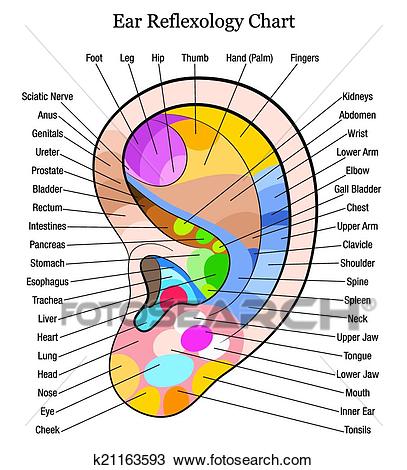

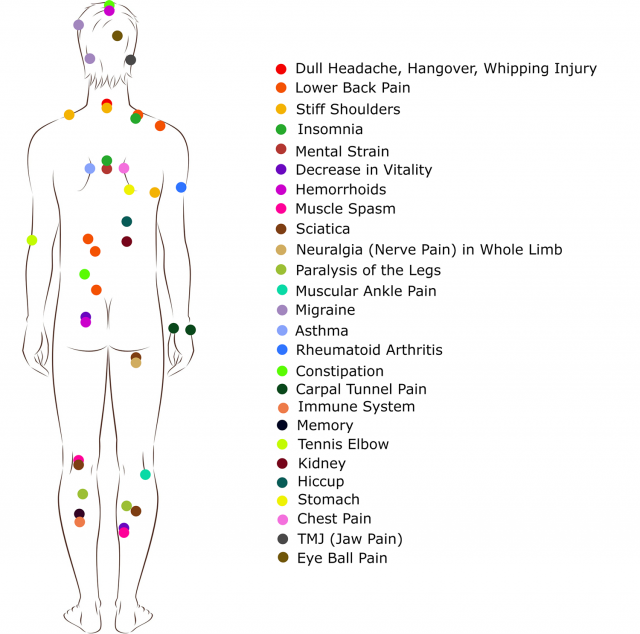
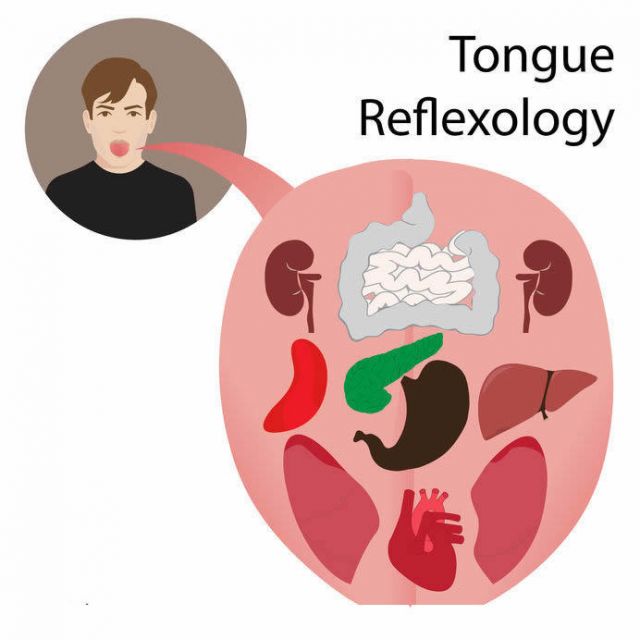
Reflex Points Charts for Specific Ailments
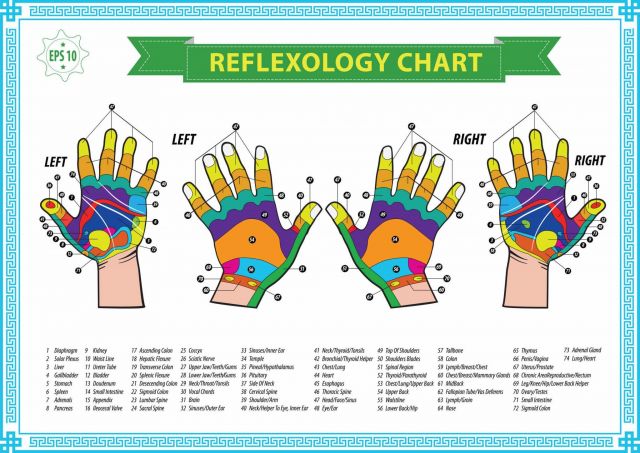
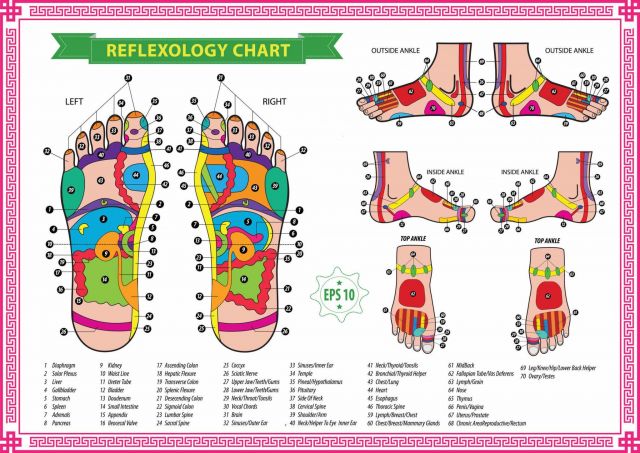
Remedy Points for Specific Ailments:
Skin
ACNE:
Liver (3), gallbladder (4), adrenal glands (7), ureters (11), bladder (12), kidneys (9).
ECZEMA or HERPES ZOSTER:
Parathyroid glands (41), adrenal glands (7), kidneys (9), ureters (11), bladder (12).
PSORIASIS or DERMATITIS:
Parathyroid glands (41), adrenal glands (7), kidneys (9), ureters (11), bladder (12)
Digestive System
ANOREXIA:
Thyroid glands (41), stomach (5) and duodenum (13), small intestines (14), transverse colon (19), descending colon (21), rectum (68).
FOOD POISONING:
Stomach (5) and duodenum (13), lymph glands (37, 41, 59, 63).
GINGIVITIS:
Upper and lower jaw, gums, teeth (27, 28).
INDIGESTION:
Solar Plexus (2).
HALITOSIS:
Stomach (5).
TOOTHACHE:
Stomach (5) and duodenum (13), small intestines (14), transverse colon (19), descending colon (21), liver (3), pancreas (8), upper and lower jaw, gums, teeth (27, 28).
STOMACH ACHE:
Stomach (5).
ULCER:
Stomach (5) and duodenum (13).
FLATULENCE:
Stomach (5) and duodenum (13), appendix (15).
DIABETES:
Stomach (5) and duodenum (13), pancreas (8).
APPENDICITIS:
Appendix (15), lymph glands (37, 41, 59, 63).
DIARRHEA, NAUSEA:
Stomach (5) and duodenum (13), small intestine (14), ascending colon (17), transverse colon (19), descending colon (21), rectum (68), lymph glands (37, 41, 59, 63).
CONSTIPATION:
Stomach (5) and duodenum (13), small intestine (14), ascending colon (17), transverse colon (19), descending colon (21), rectum (68).
HEMORRHOIDS:
Adrenal glands (7), kidneys (9), ureters (11), bladder (12), rectum (68).
HERNIA:
Stomach (5) and duodenum (13), liver (3), pancreas (8), small intestines (14), ascending colon (17), transverse colon (19), descending colon (21), rectum (68).
Circulatory System
ANEMIA:
Stomach (5) and duodenum (13), liver (3), pancreas (8), small intestines (14), ascending colon (17), transverse colon (19), descending colon (21), spleen (6).
HYPERTENSION:
Head (31), kidneys (9), ureters (11), bladder (12), ear (32, 33).
SWOLLEN LYMPH GLANDS:
Lymph glands (37, 41, 59, 63).
HEART PROBLEMS:
Heart (44), stomach (5) and duodenum (13), small intestine (14), ascending colon (17).
IRON DEFICIENCY:
Spleen (6).
BLOOD CIRCULATION PROBLEMS:
Parathyroid glands (41), adrenal glands (7), kidneys (9), ureters (11), bladder (12), heart (44).
Nervous System
ANXIETY:
Head (31), adrenal glands (7), kidneys (9), ureters (11), bladder (12), duodenum (13), small intestines (14), transverse colon (19), descending colon (21), rectum (68).
EPILEPSY:
Head (31), lymph glands (37, 41, 59, 63).
MIGRAINE:
Head (31), frontal and temporal areas (32, 33, 34).
INSOMNIA:
Head (31), liver (3).
BACKACHE:
Hip and lower back (23, 24).
NECK PAIN:
Neck (40, 41), cervical spine (38), sacral (24)
Immune System
ALLERGY:
Parathyroid glands (41), adrenal glands (7), kidneys (9), ureters (11), bladder (12).
HAY FEVER:
Nose (front and temporal region) (64), lungs and bronchi (42, 43), parathyroid glands (41), adrenal glands (7), ureters (11), kidneys (9), bladder (12).
TUMOR (CANCER):
Spleen (6), lymph glands (37, 41, 59, 63), tonsil (41) (also reflex areas relating to the cancerous regions).
INFLAMMATION:
Parathyroid glands (41), lymph glands (37, 41, 59, 63) (also reflex areas relating to the inflamed regions).
Respiratory System
SORE THROAT:
Lymph glands (37, 41, 59, 63), tonsils (41), thyroid area (41, 42).
DRY NOSE:
Nose (front and temporal region) (64), parathyroid glands (41).
ASTHMA:
Parathyroid glands (41), lungs and bronchi (42, 43), kidneys (9), ureters (11), bladder (12), lymph glands (37, 41, 59, 63).
BRONCHITIS:
Parathyroid glands (41), lungs and bronchi (42, 43), adrenal glands (7), lymph glands (37, 41, 59, 63).
RESPIRATORY DISEASE:
Head (31), nose (front and temporal region) (64), lungs and bronchi (42, 43), heart (44).
Joints
PAIN IN THE HIP JOINT:
Adrenal glands (7), kidneys (9), ureters (11), bladder (12), neck (37, 40, 41), hip (38).
INFLAMMATION OF THE HIP JOINT:
Stomach (5) and duodenum (13), kidneys (9), ureters (11), bladder (12), hip (23, 24), waist (10).
PARKINSON’S DISEASE:
Head (31), neck (37, 40, 41), parathyroid glands (41), adrenal glands (7), stomach (5) and duodenum (13), pancreas (8), liver (3), small intestines (14), colon areas (17, 19, 21, 22), kidneys (9), ureters (11), bladder (12), rectum (68).
Reflex Zones Charts and Info
Zones of the Body
Reflexology is based on the presence of 10 energy zones in the body.
These zones were discovered by Dr. Fitzgerald in the late 19th century.
They are longitudinal, ascending from the base of the body – the feet – up through to the top of the head.
While working as an ear, nose and throat surgeon in a hospital in Vienna, Paris, and London, he discovered that he could relieve pain in one part of a patient’s body by applying pressure to another part of the body.
The body can be divided into 10 longitudinal zones. If a midline divided the body in half, five zones would lie on the left of the midline and five on the right. Each zone relates to the fingers and the toes of the body.
Zone one
Extends from the thumb, up the arm to the brain and ten down to the big toe.
Zone two
Extends from the second finger up the arm to the brain and down to the second toe.
Zone three
Extends from the third finger up the arm, to the brain and down to the third toe.
Zone four
Extends from the fourth finger up the arm to the brain and down to the fourth toe.
Zone five
Extends from the little finger up the arm to the brain and down to the little toe.
The division between each zone extends from the web of the fingers to the web of the toes. The importance of the 10 zones extending throughout the body is due to the fact that parts of the body are linked to one another by the energy flow within the zone and therefore affect one another.
For example, it is known that kidney problems may result in eye problems due to the fact that the kidneys and the eyes are situated within the same zones.
Transverse Zones
In addition to the longitudinal (vertical) zones, there are three transverse (horizontal) zones on the feet corresponding to the transverse zones of the body.
An imaginary line is drawn across the upper shoulder girdle, with the area above that line relating to the body parts of the head and the neck.
An imaginary line is also drawn across the lower level of the ribs (i.e. the waist level), with the area between the first and second lines relating to the upper abdomen/thorax area.
An imaginary line is drawn across the groin area (i.e. pelvic floor area), with the area between the second and third lines relating to the organs and parts of the lower abdomen and pelvis.
We have an affiliate program designed for content creators and Affiliate marketers, who would like to sell this product, please click here for affiliate program details. Our affiliate program is designed to help you monetize your screen time.

References:


Comments
Post a Comment